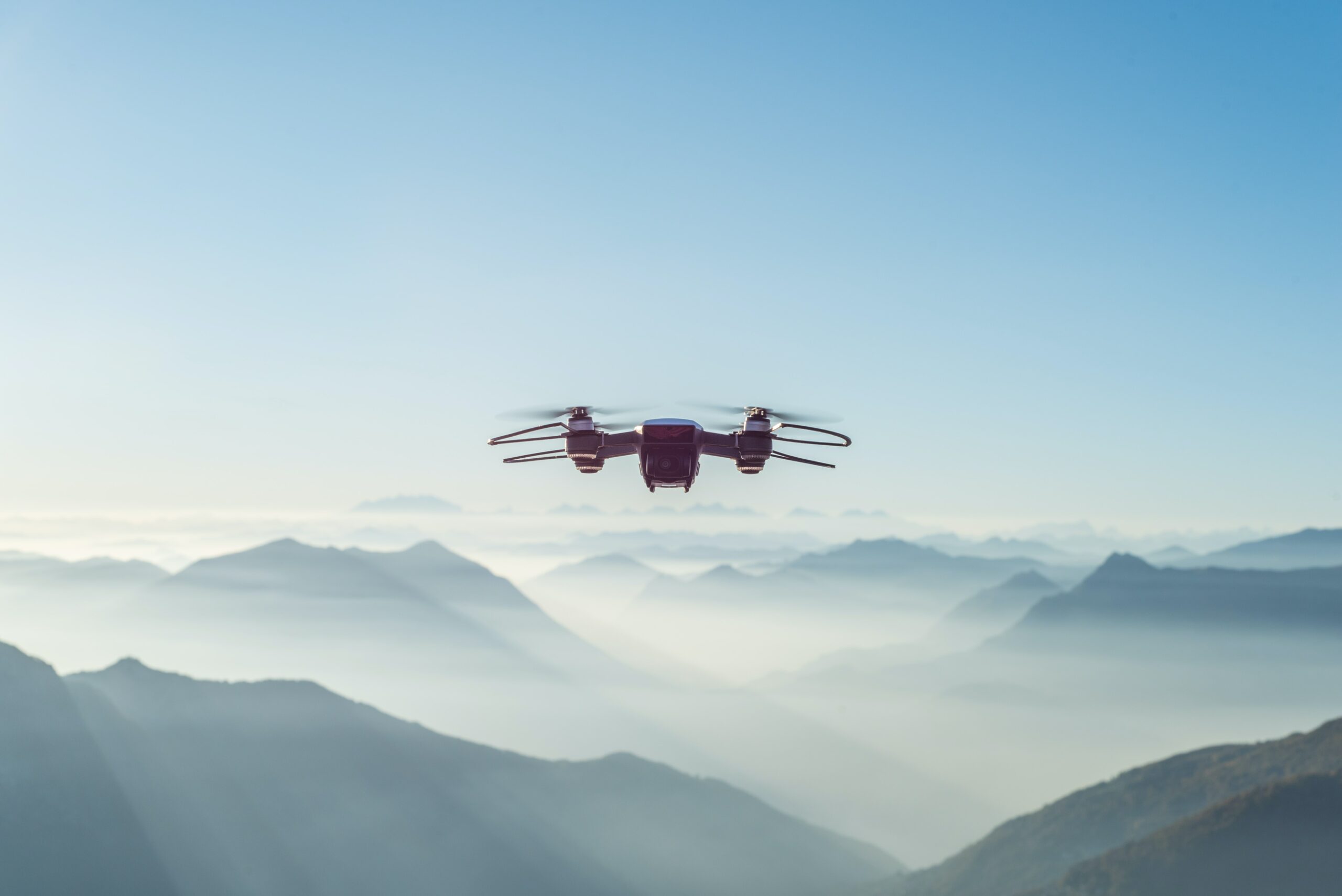
Jennifer Mary
August 26, 2022
Applications of Drones in Disaster Management
- dronemanagement
- drones
- knackforge
- Mechatronics
Emergency Response Drones
Disaster Management has been one of the most significant burdens and challenges of the government sector. Since the type and severity of the disaster need different safety precautions, the fate of those impacted ultimately depends on the rapid actions and measures taken for relief. We can understand the severity of the disaster through a variety of instruments and procedures thanks to innovative possibilities and advancements. In this way, technology penetrates the heart of the disaster to offer creative solutions to help and relieve the disaster. Drone technology has advanced significantly in disaster management, on a scale of advancement. Unmanned aerial aircraft (UAVs) have exhilarating advantages, such as timely outcomes and precise data.
This blog explores the various ways that drones can use in emergency and disaster management services around the world in managing disaster response and relief operations.
Assessing Situations Remotely
Helicopter inspections are the conventional approach for examining disaster-affected areas. A small number of crew members are selected in addition to the pilot to determine the extent of the impacted region and the number of stranded passengers. The entire examination procedure takes a lot of time and money. The pilot's and the crew's safety and health would also normally be at high risk due to environmental factors. Drone usage can assist in overcoming such obstacles. Drones can assist in remotely covering the damaged regions and can be deployed practically immediately without the need to plan for operations or safety.
The research found that using drones helped rescue crews locate victims of disasters more quickly. Drones have recently been deployed in search and rescue missions. The public and private emergency management teams worked together to employ airborne drones for search and rescue missions. Helicopters would not have been able to map the impacted areas, but aerial drones employed in the rescue efforts were outfitted with such mapping equipment. The emergency response drones management team evaluated the affected regions and informed the government officials of the harm that had been done.
Mapping Locations
Accurate mapping of places is one of drone technology's most prominent features. Before this, it was impossible to get a good, comprehensive image of the impacted areas using a drone equipped with GPS. Drones can now provide a 3D and 360-degree perspective of sites thanks to extensive R&D in the field of drone technology. The use of a 360-degree view camera allows rescuers to thoroughly investigate a disaster-affected area. Drones are employed in emergency services and disaster recovery activities. Drones are also utilized to map out demolished structures, monuments, and residences.
The greatest benefit of drone technology is that the GPS location and time stamp will be displayed in the image and video. This is very helpful as you have not only the visual of the place but also the location and time information right there.
Delivering Urgent Supplies
When a natural disaster happens, it generally leaves victims helpless with no availability of food and water. When a tragedy of this size strikes, there is a good risk that victims may go without food and water for several days. Drones are quite helpful in these situations for the quick delivery of food packages and water bottles. Drones can assist in providing first assistance to those who require it in addition to delivering food supplies.
Extinguishing Fires
Drones can reduce the dangers that pilots face and also improve the efficiency of fighting wildfires. Unmanned aircraft can fly in poor weather conditions and drop fire retardants more precisely and safely. While many smaller drones may be used to give better situational awareness, larger drones can deliver people and cargo. A further advantage of using drones with communication systems is that they can maintain touch with ground-based firefighters and the command center.
For these reasons and beyond, drones are frequently used in emergency and disaster response situations. The potential for this cutting-edge autonomous technology is enormous. It is already proving its ability to save lives and prevent damage in emergencies.
Use of Drones in Flood/Earthquake Disasters
Drone observations can be used to determine the flood's direction.
They can even identify which buildings may be in danger, allowing them to prioritize which locations need to be evacuated. The aerial photographs taken by UAVs clearly show the best evacuation routes and the most direct boat rescue routes. Similar to this, drones have proven to be essential in search and rescue operations during earthquakes.
Get awesome tech content in your inbox
Similar Blogs
Similar Blogs
Get awesome tech content
in your inbox
Just like how your fellow techies do.
Ready to get started?
We'd love to talk about how we can work together
AWS CLOUDCOST
Take control of your AWS cloud costs that enables you to grow!
